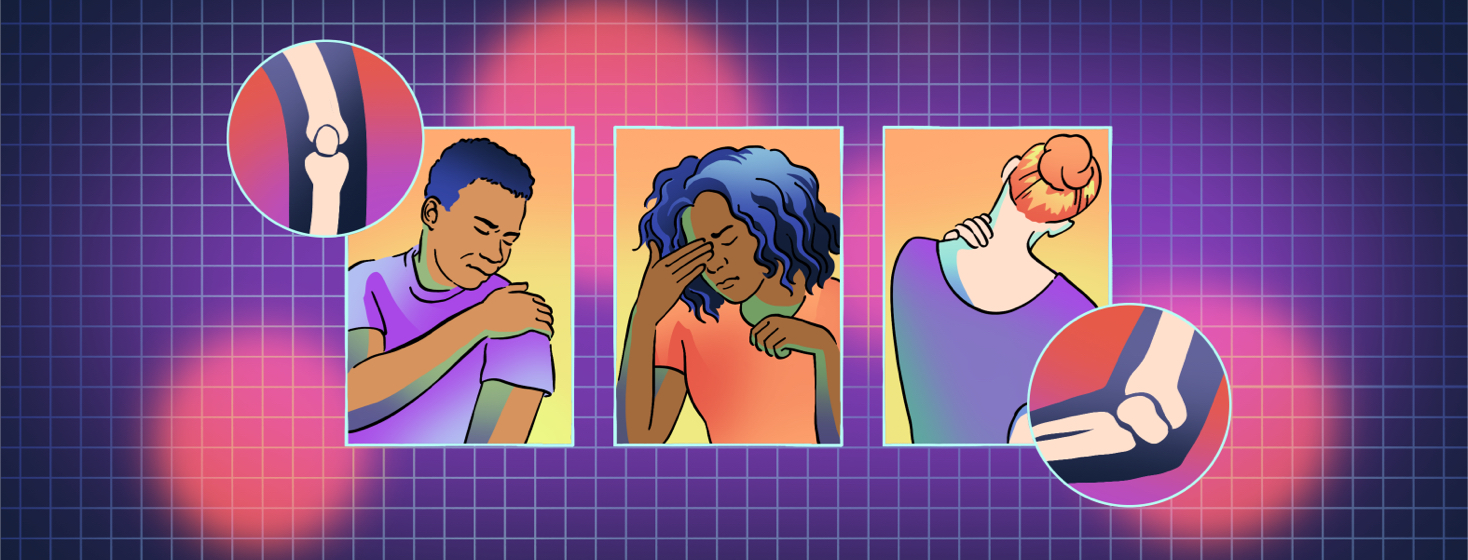Signs and Symptoms of X-linked Hypophosphatemia
Reviewed by: HU Medical Review Board | Last reviewed: July 2023 | Last updated: April 2025
X-linked hypophosphatemia (XLH) is a rare genetic disorder that affects the whole body. A person with XLH does not process the nutrient phosphorus properly but instead passes it out in urine. This is sometimes called "phosphorus wasting." Sometimes phosphorus is also called phosphate.1
Many systems in the body cannot work without enough phosphorus. Low phosphorus levels lead to:1
- Bone deformities
- Weak bones
- Hearing loss
- Bone and joint pain
- Short height
- Fatigue
- Dental problems, especially abscesses
XLH symptoms and their severity vary from person to person. Symptoms usually begin in childhood and become more serious as the person becomes an adult. However, some people with mild symptoms may not have noticeable symptoms until adulthood.1,2
Symptoms in infancy and childhood
Symptoms of X-linked hypophosphatemia often begin in infancy or early childhood. Because phosphorus is needed for a baby’s growth and development, they may grow slowly and never grow very tall. Babies with XLH may take longer to learn to stand and walk. As they start to walk, the legs may begin to bow outward or inward due to soft, weak leg bones.1
Lack of phosphorus in babies and children leads to:3
- Rickets (bowed legs or knock knees caused by weak bones)
- Weak bones
- Tender joints
- Delayed growth and motor development
- Problems walking (gait)
- Abnormally shaped skull
Without treatment, X-linked hypophosphatemia symptoms may become more severe and deformities permanent, including:1,3,4
- Short stature
- Progressively more deformed legs and joints
- Tooth abscesses (infections) and abnormal teeth
- Bone and joint pain
- Chronic fractures
- Stiff joints
- Muscle pain and weakness
- Fatigue
- Waddling gait
- Walking with the toes pointed inward or outward
Symptoms in the teen and adult years
In some people, symptoms are so mild that a diagnosis does not happen until adulthood. However, for people with more severe symptoms, a lifetime of low phosphorus may lead to a series of worsening symptoms, such as:3
- Chronic fractures
- Arthritis of the spine, hips, and knees
- Narrowing of the spine (spinal stenosis)
- Bone spurs
- Pain and swelling of the joints
- Hearing loss
- Mobility issues
Quality of life may decline if the person cannot work due to the severity of their XLH symptoms. While treatment may help improve the severity of XLH symptoms or stop it from getting worse, it is a challenging disease both physically and emotionally. That is why most people need a team of doctors with different specialties to manage their XLH symptoms.3
Knowing the signs and symptoms of X-linked hypophosphatemia can lead to earlier diagnosis and proper treatment. Talk with your doctor if you notice these symptoms in your child or yourself. Blood and urine tests can confirm low phosphorus levels in the blood.2

Join the conversation